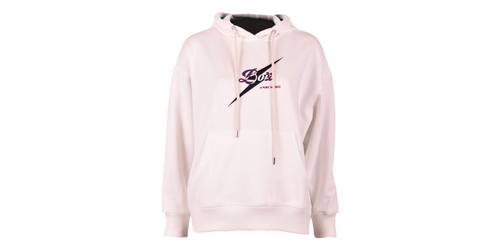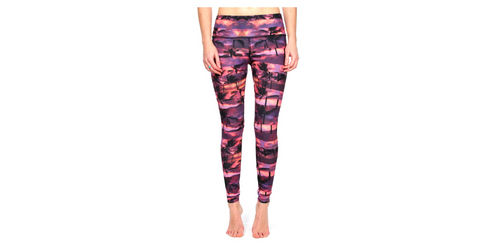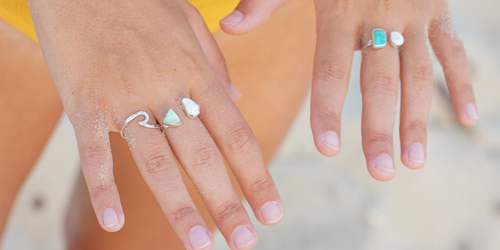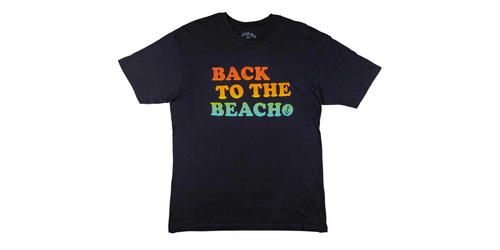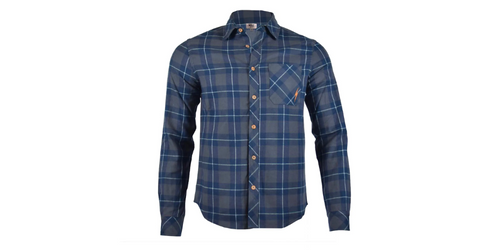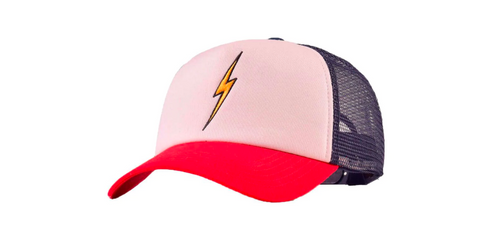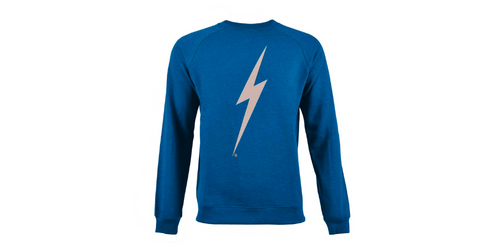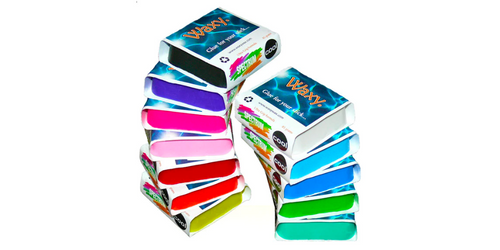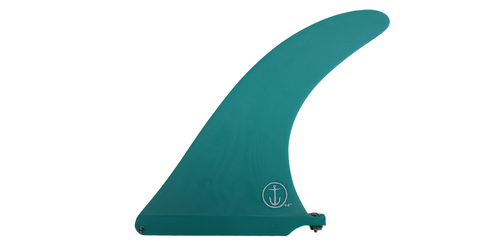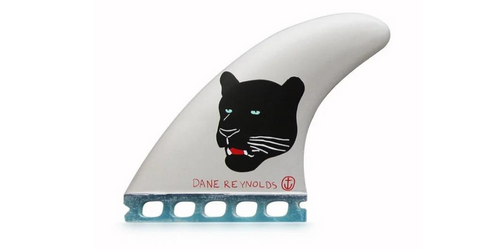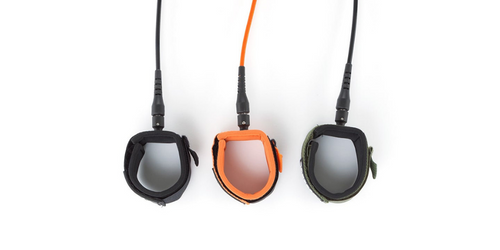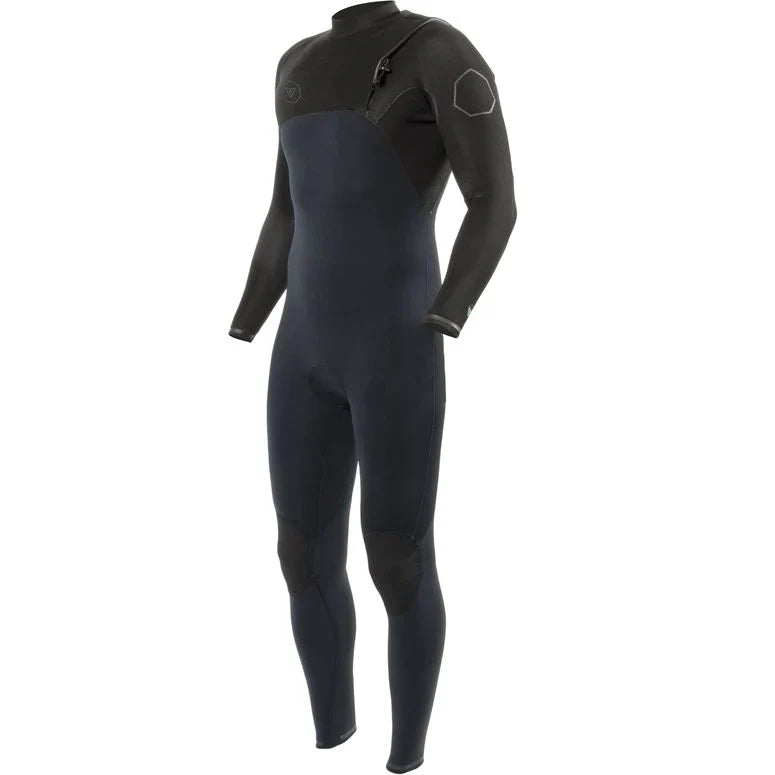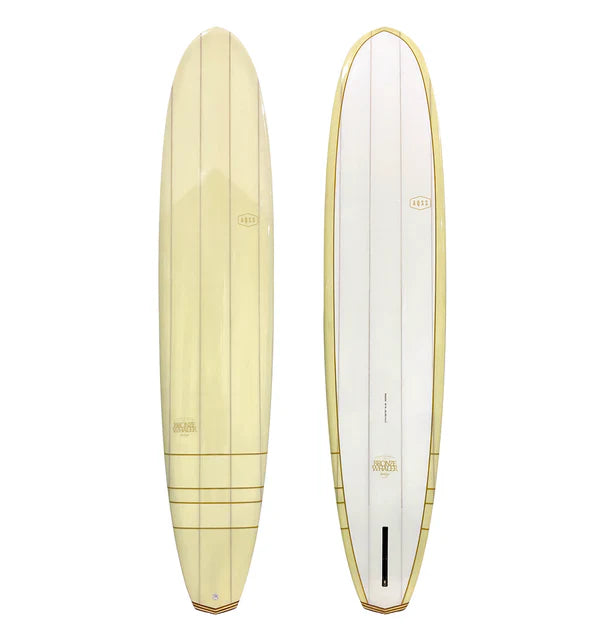How to choose the right longboard fin
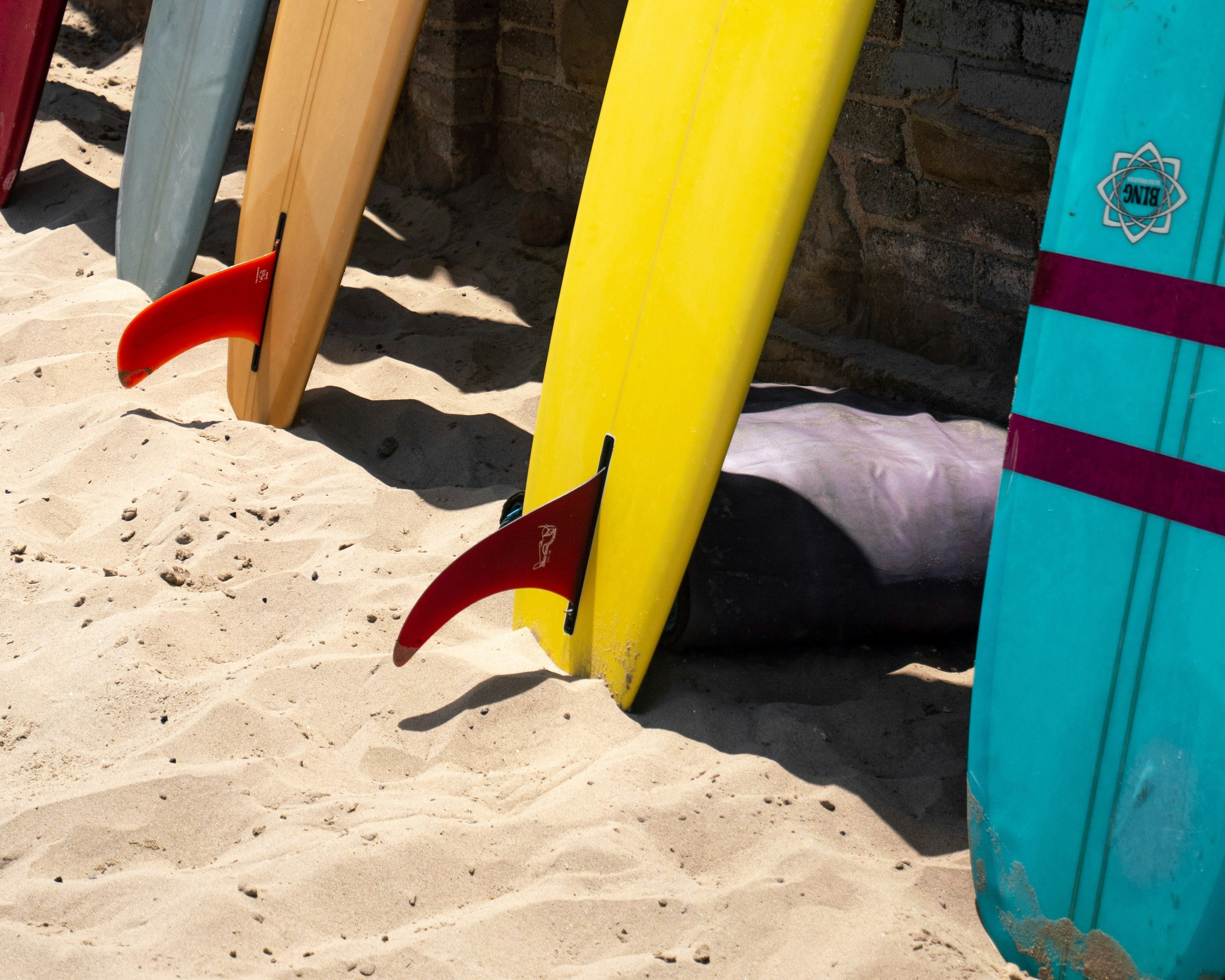
Did you know that the type of fin you have on your longboard is critical to how it rides? This guide to choosing the right longboard fin will ensure that you get the right one for your board.
It might seem that the fin you put into your longboard won't make much of a difference. And this might have been the case years ago, when fins were fairly standard in size and shape. However many experienced surfers will tell you that just by switching your fin, you can radically change the feel of your ride.
Choosing the right longboard fin
With so many different styles and sizes of longboard fin available, it can be confusing. Also, some people spend years experimenting with different fins until they find one that works the best.
When first made, longboards would always come with a glassed-on fin. You might well have one on your board, if it's been made traditionally, however it's more likely you will have a fin box (or boxes) with one of these set-ups:
- Single fin - the most common set-up on most longboards, giving you a looser feel and turns that are quick, but with less drive
- Single fin with twin side-bites (often called a '2+1' set-up) - gives you extra manoeuvrability
- Quad set-up of 4 fins - usually for high-performance surfing and not very common.
As a general rule of thumb, there are a few basic rules to follow
- Single fin longboards typically use longer fins, especially if you're wanting to nose-ride your board, as you need the length to hold you onto the wave
- Longer fins give you more hold, but less manoeuvrability
- Performance boards with 2+1 set-ups have added hold from the side fins, so don't need to have as long a centre fin.
Here's a simple table to help you choose the right fin:
| Surfboard type | Surfboard length | Fin length |
| Single fin | 9'0" - 9'3" | 8.5" - 10" |
| Single fin | 9'6" - 10'0" | 9" - 11" |
| Performance | 9'0" - 9'3" | 7" |
| Performance | 9'6" - 10'0" | 8.5" |
Types of longboard fin
Like other surfboard fins, there are two key components to consider: 'rake' - how sharp the front curve of the fin is (the sharpness of the angle) - and 'surface' - how large is the surface of the fin itself.

The All-round fin (left) and Pivot fin (right)
There are several different types of longboard fins commonly available:
- All-round fin - as the name suggests, this fin is ideal for all-round longboarding. The rake and surface area give you good stability, but also smooth turning ability.
- Flex or Semi-Flex fin - these are less rigid than the other types of longboard fins and typically give a bit more looseness to the board. Due to their flex, they allow you more speed in the turn. The Semi-Flex has a slightly wider base than the Flex fin, so is a bit of hybrid between an All-rounder and a pure Flex fin.
- Pivot fin - these fins have a wider surface and less of a rake, making them stable and therefore perfect for those who want to ride a noserider
- Centre fin - as the name suggests, these are used as the centre fin in a 2+1 set-up. They look similar to the All-rounder in rake and surface.
Other less common fin types include:
- Cutaway fin - these feature a narrower base, with less drive and therefore are best suited as the centre fin in a 2+1 set-up
- D Fin - if you've seen pictures of surfboards in the 1950s or 60s (think 'Big Wednesday'), then these are the fins you will have seen on them. The very wide base means they are extremely stable, but also much hardeer to turn tightly.
Most people will be using
Setting your fins
As well as choosing a different fin for your longboard, there's also the positioning of it to think about. The advantage of fin boxes, over a traditional 'glassed-on' fin, is that you can move your fin (or fins) around, which can give you a different feel.
If you're using a single fin, then positioning the fin further towards the nose will give you a looser feel through the tail. Putting it right at the back of the fin box will give you a bit more control and hold on the wave.
For a 2+1 set-up you can look to clusters your fins closer together or further apart - for the former, the board will feel faster and turn more responsively and for the latter, you should feel more control and your turns be more wider and drawn out.
We recommend trying these different positions - even switching mid-session - to see what you find best suits your style, your board and the waves you're typically riding.
Need more help? Contact us and we can guide you on buying the right fin for your longboard.
Photo by Jeremy Bishop on Unsplash
-
Posted in
Surf Products

